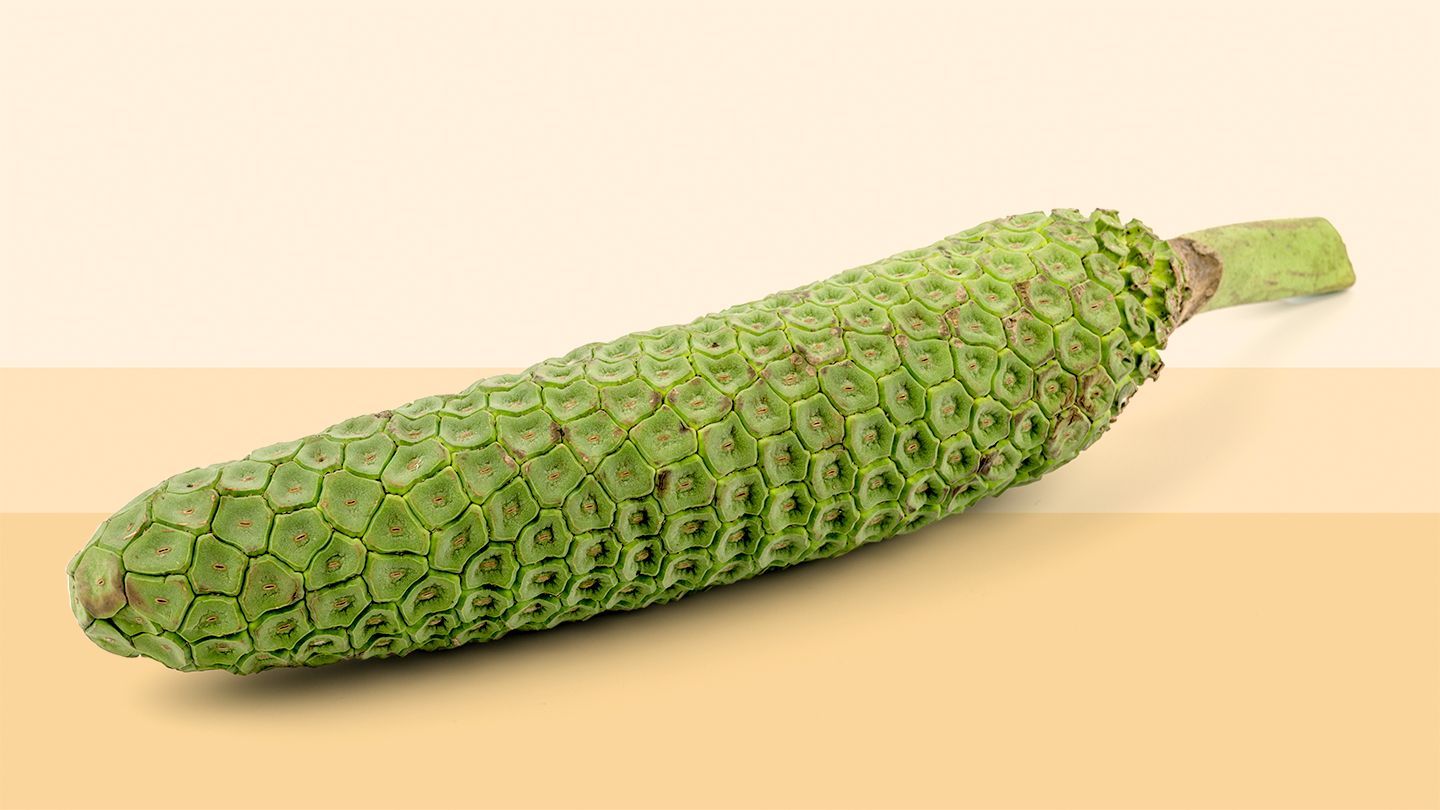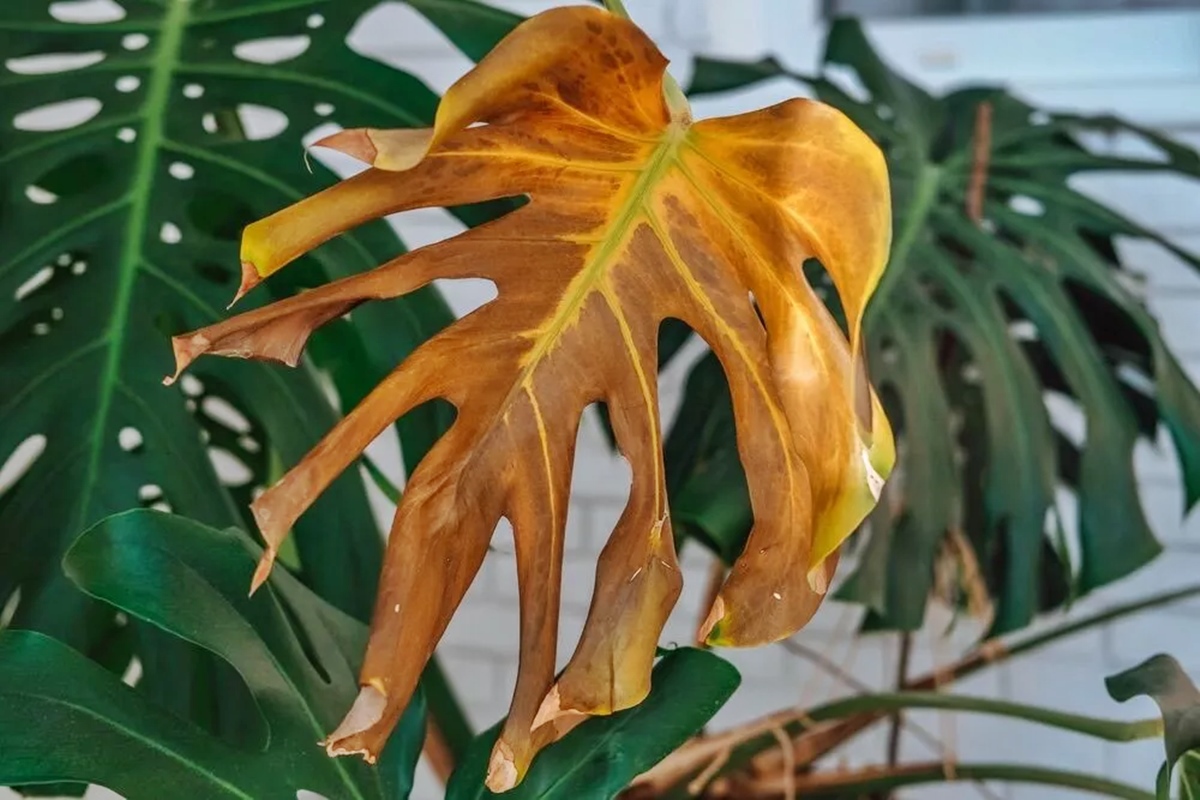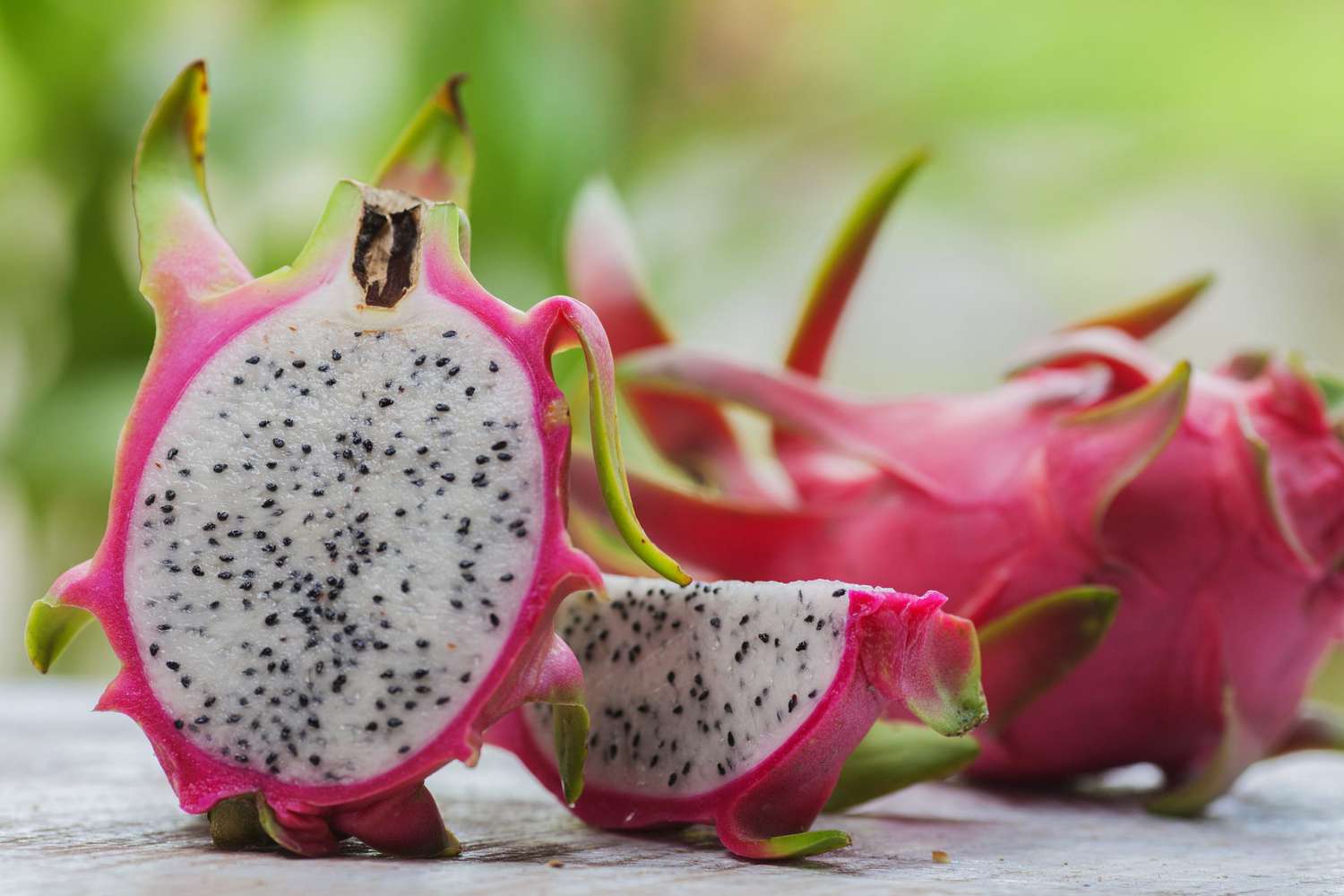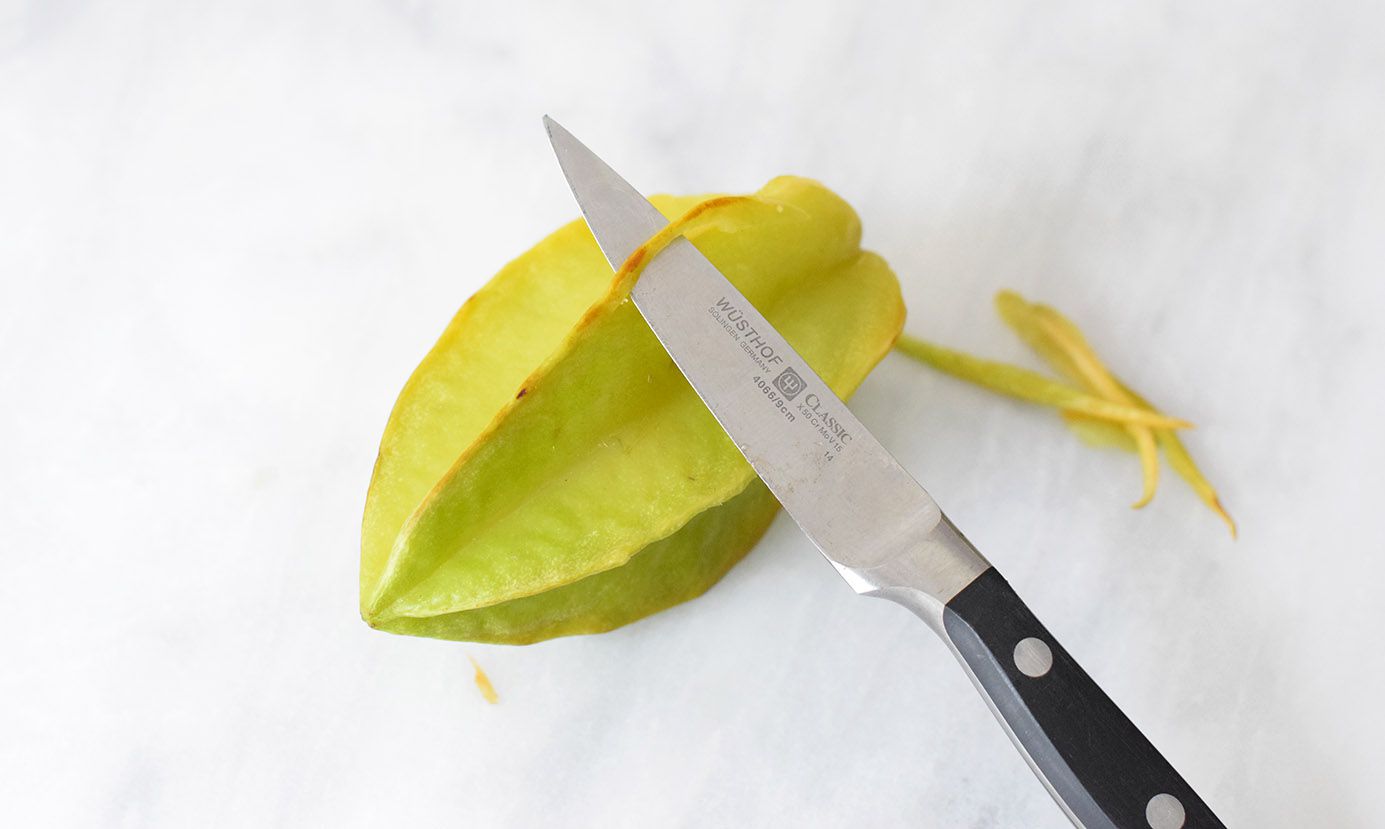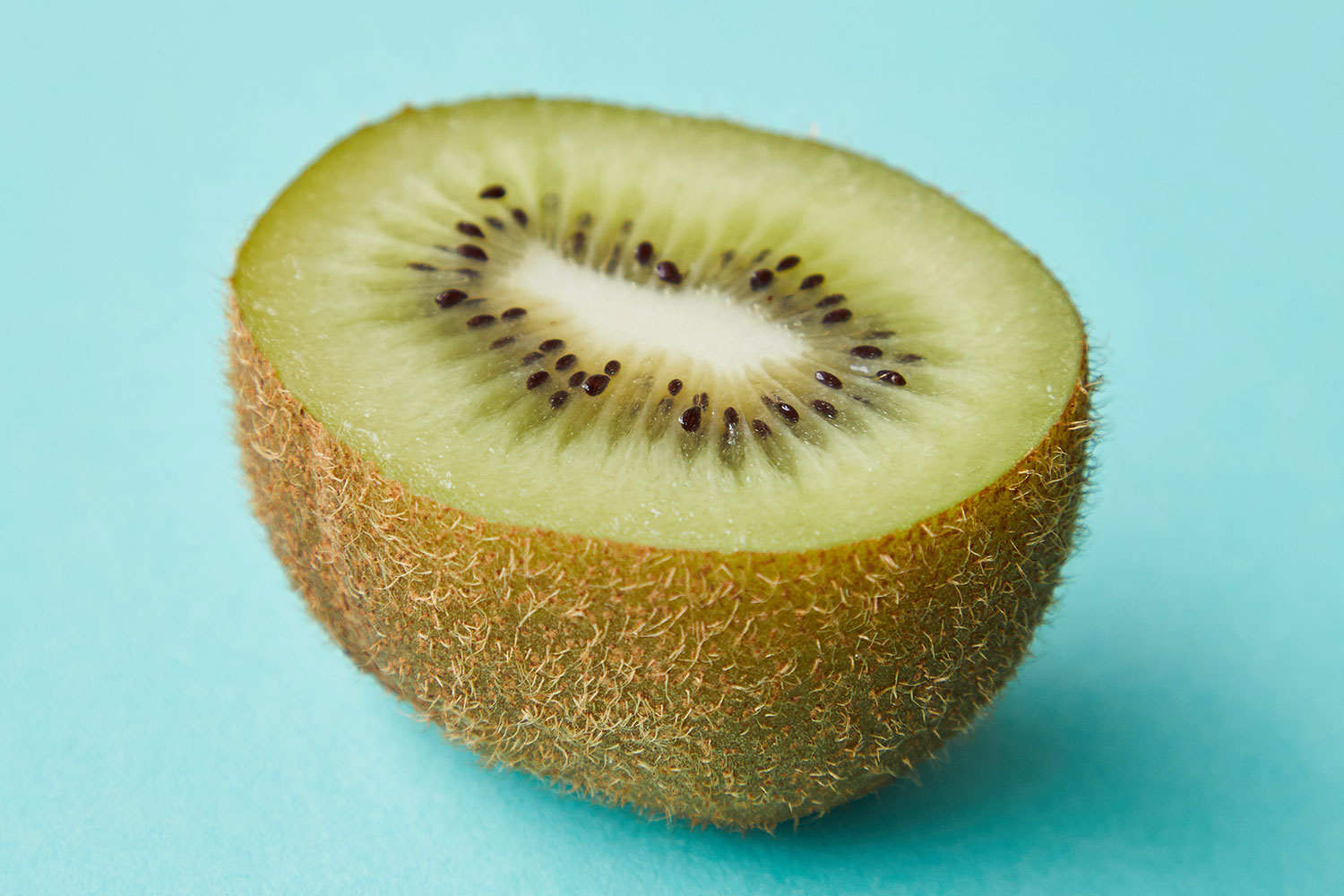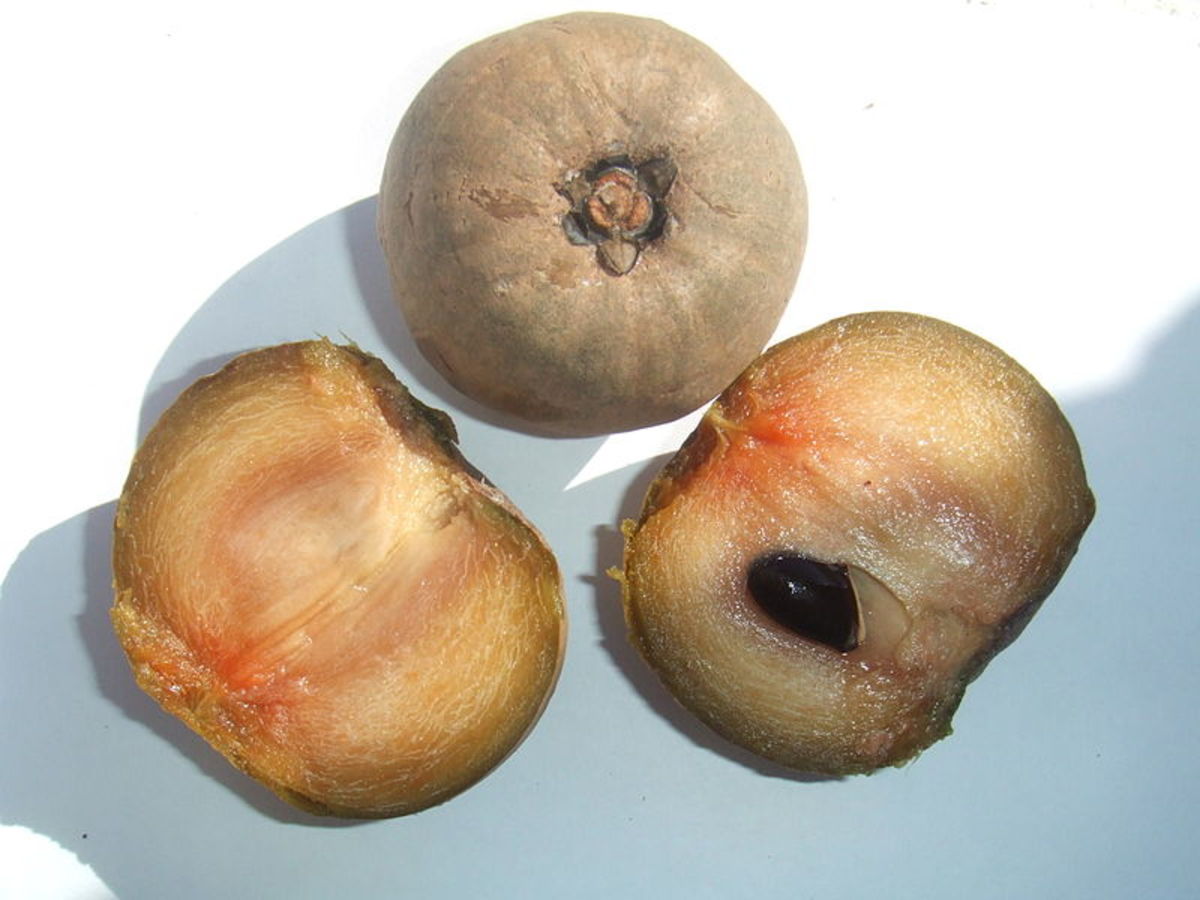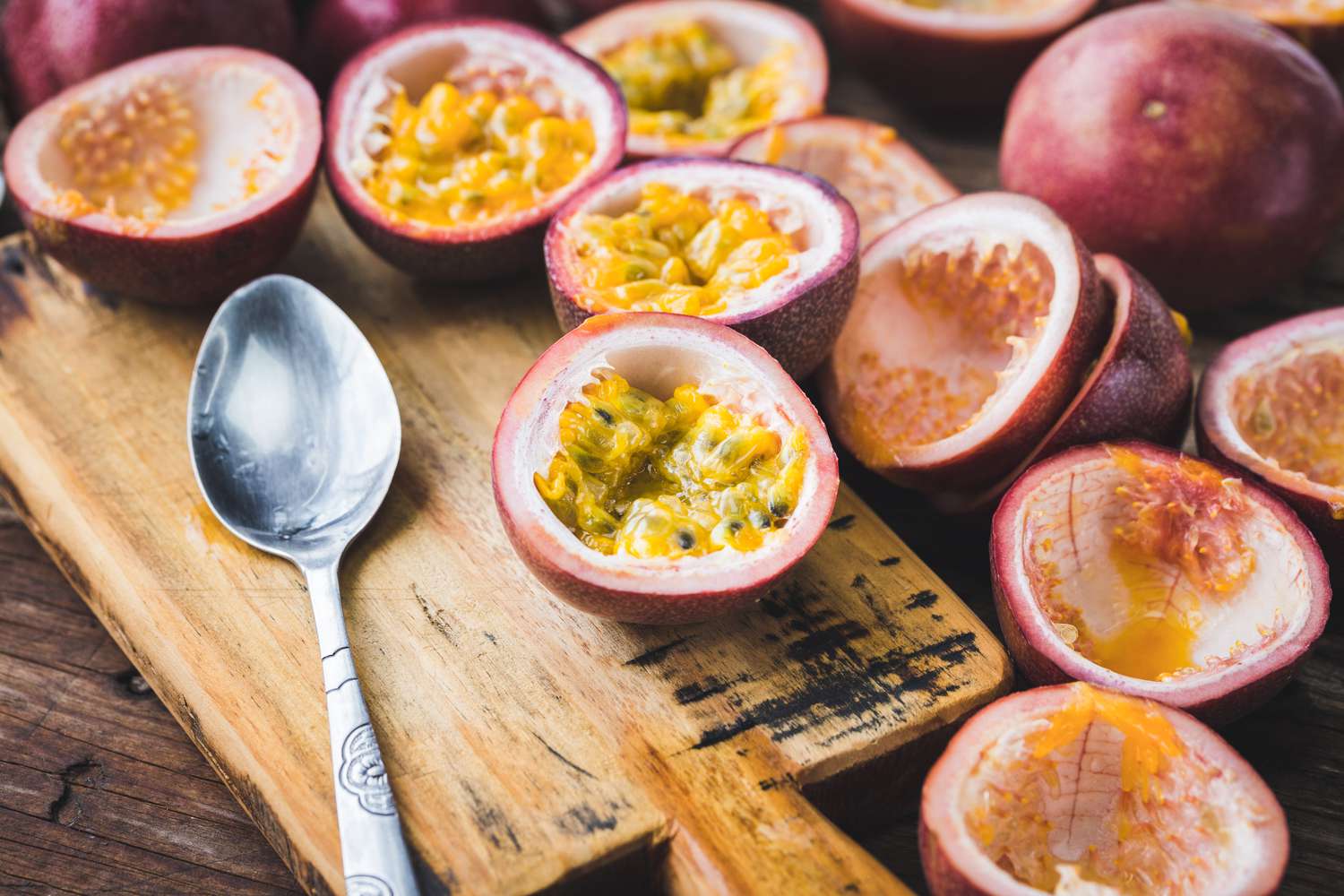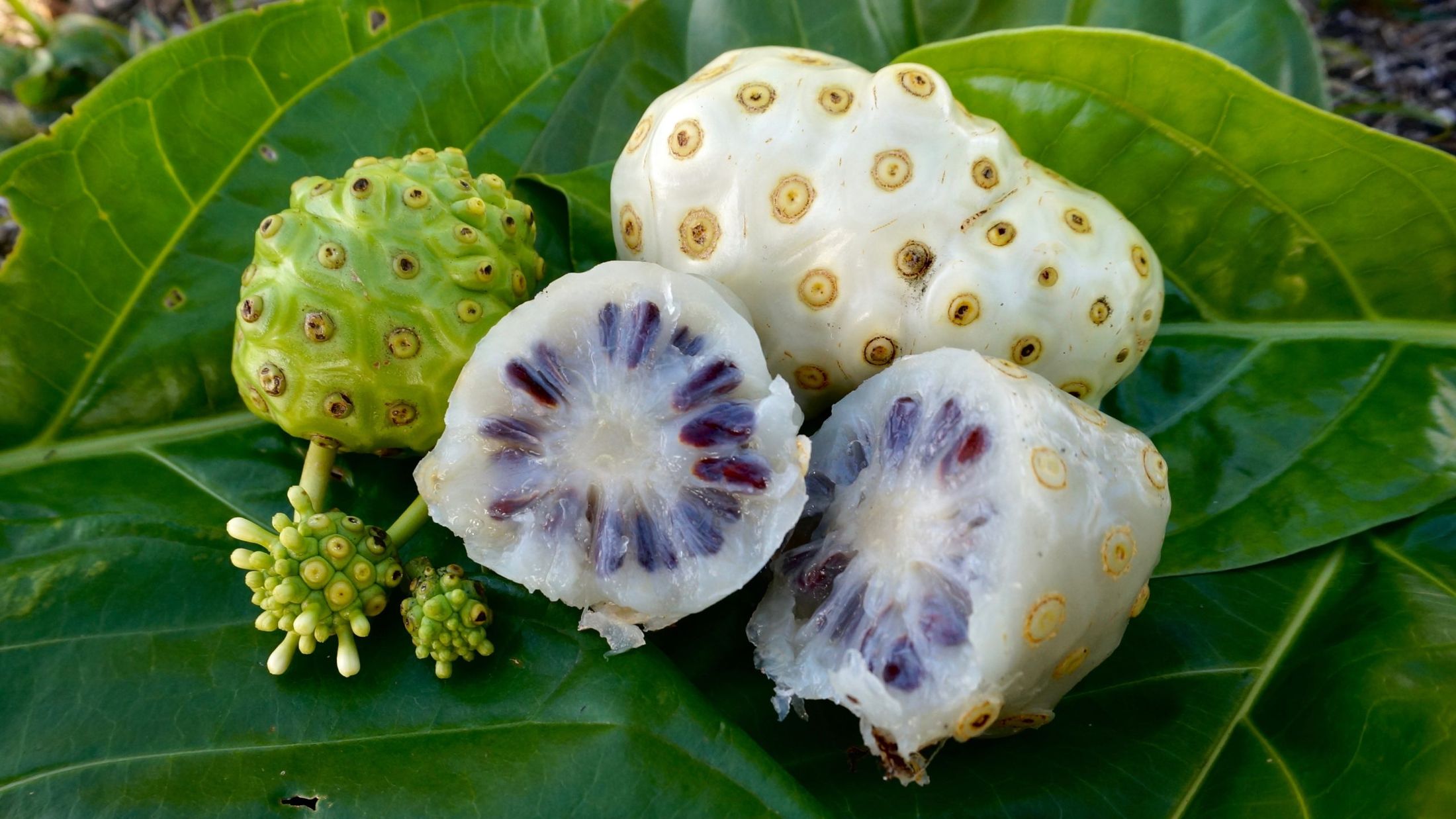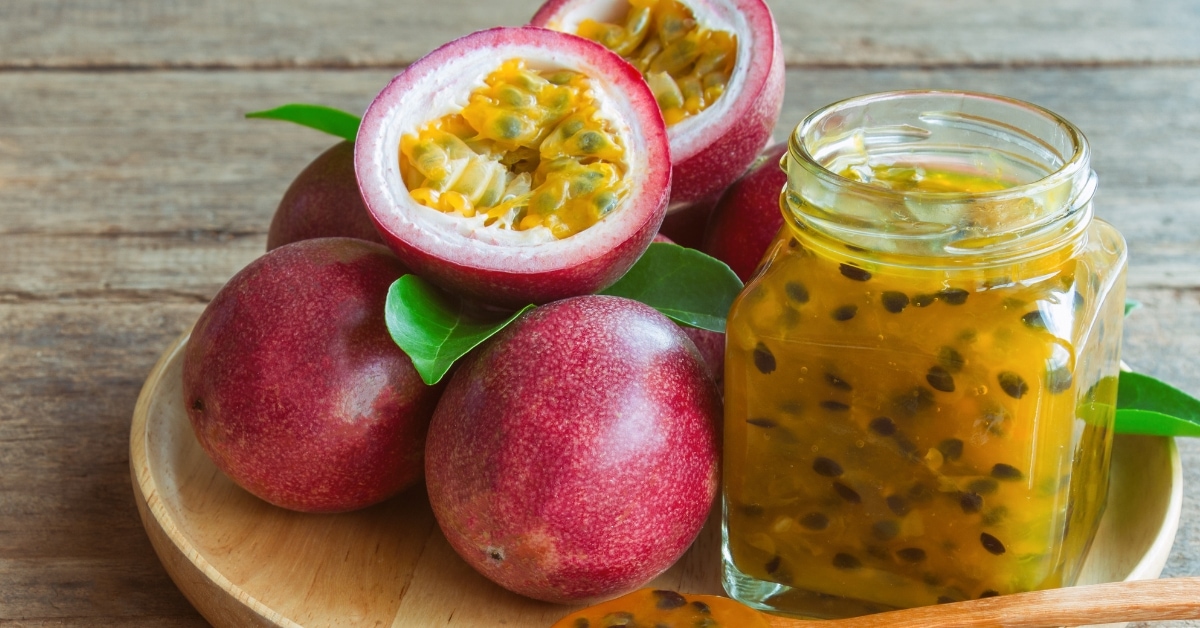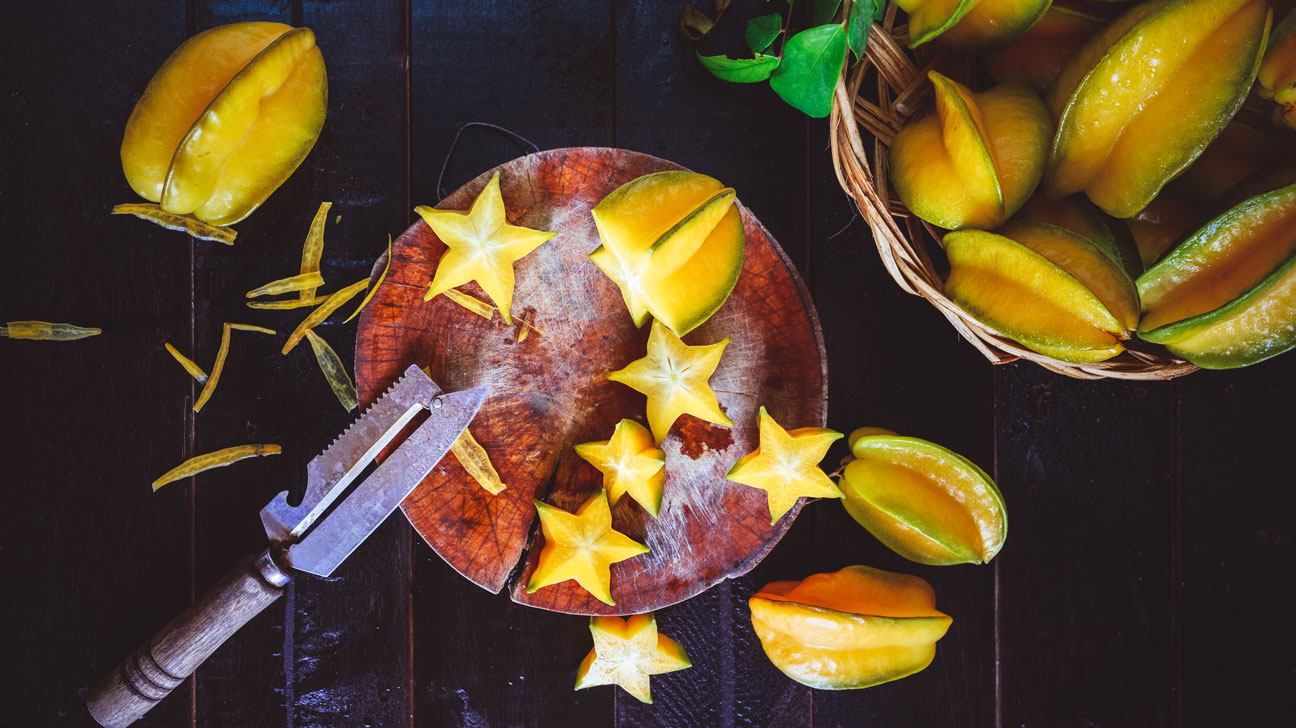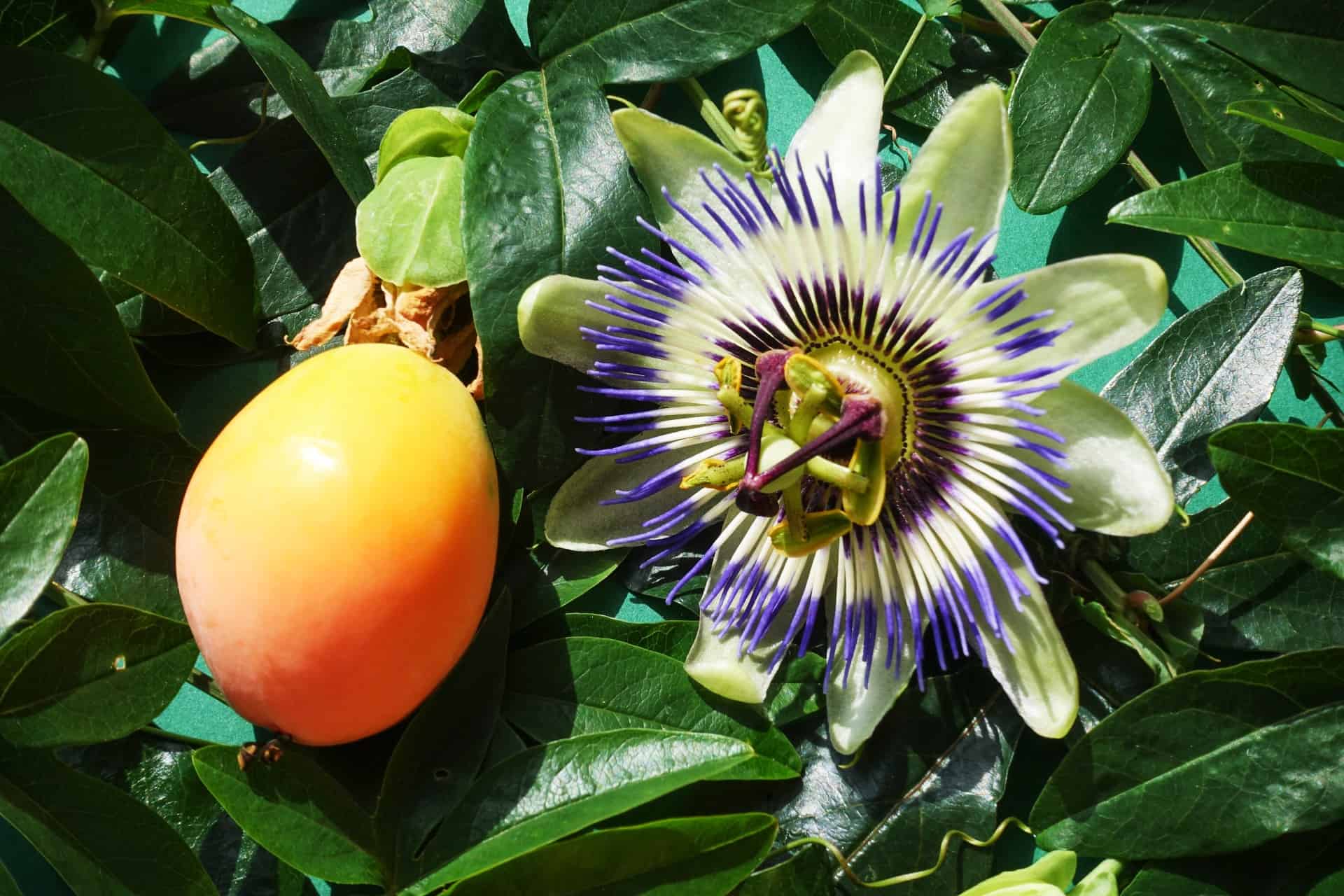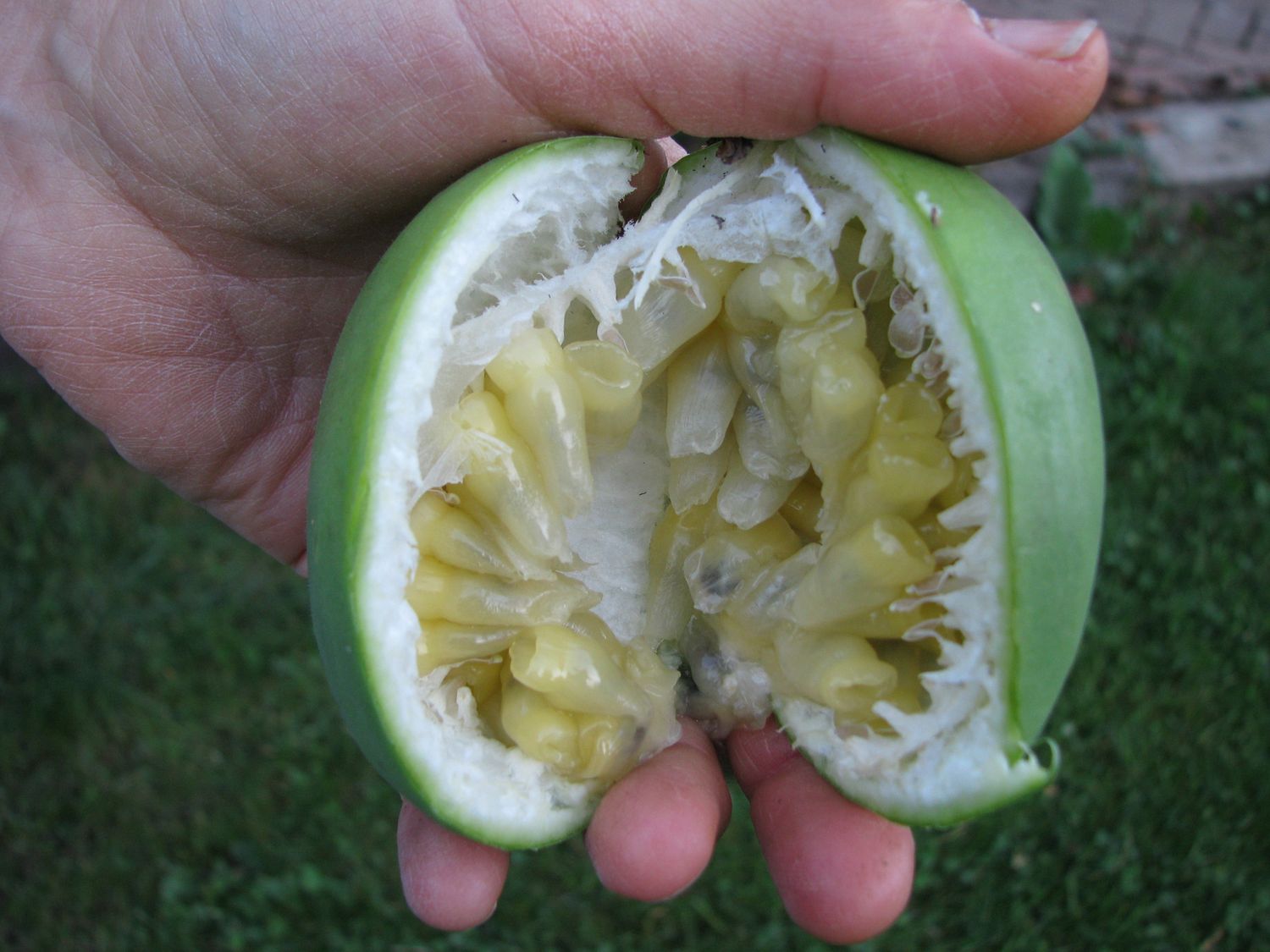How to Enjoy Monstera Fruit
Monstera fruit, also known as Swiss cheese plant fruit, is a tropical delicacy that is gaining popularity for its unique flavor and health benefits. If you’re curious about how to eat monstera fruit, you’ve come to the right place. In this guide, we’ll explore the best ways to enjoy this exotic fruit.
What is Monstera Fruit?
Monstera fruit is the edible fruit of the Monstera deliciosa plant, which is native to the tropical regions of Central and South America. The fruit is known for its distinctive appearance, with a rough, spiky exterior and a soft, creamy interior. When ripe, the fruit exudes a sweet, tropical aroma that is reminiscent of pineapple and banana.
How to Select Ripe Monstera Fruit
When choosing monstera fruit, look for specimens that are firm to the touch and have a strong, sweet aroma. The skin should be a vibrant green color with a few brown spots, indicating that the fruit is ripe and ready to eat. Avoid fruits that are overly soft or have a sour smell, as they may be overripe.
Ways to Eat Monstera Fruit
There are several delicious ways to enjoy monstera fruit:
- Eat it Fresh: The simplest way to enjoy monstera fruit is to eat it fresh. Simply cut the fruit in half and scoop out the soft, creamy flesh with a spoon. The flavor is sweet and tropical, with hints of pineapple and banana.
- Blend it into Smoothies: Monstera fruit can be blended into smoothies for a refreshing and nutritious treat. Combine the fruit with coconut water, pineapple, and mango for a tropical flavor explosion.
- Make Monstera Fruit Salad: Chop the fruit into bite-sized pieces and toss it with other tropical fruits such as mango, papaya, and kiwi for a colorful and flavorful fruit salad.
- Use it in Desserts: Monstera fruit can be used in a variety of desserts, including ice cream, sorbet, and fruit tarts. Its sweet, creamy texture makes it a perfect addition to sweet treats.
Health Benefits of Monstera Fruit
In addition to its delicious flavor, monstera fruit offers several health benefits. It is rich in vitamins and minerals, including vitamin C, vitamin B6, and potassium. The fruit also contains antioxidants that can help protect the body from oxidative stress and inflammation.
Furthermore, monstera fruit is a good source of dietary fiber, which can aid in digestion and promote a healthy gut. Including monstera fruit in your diet can contribute to overall health and well-being.
Conclusion
Now that you know how to eat monstera fruit and the various ways to enjoy it, why not give this tropical delicacy a try? Whether eaten fresh, blended into smoothies, or used in desserts, monstera fruit is a delicious and nutritious addition to any diet. So, head to your local market, pick up a ripe monstera fruit, and indulge in its exotic flavors and health benefits!
